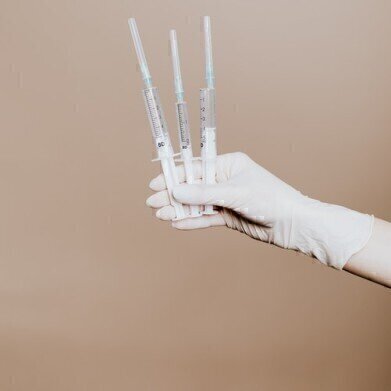LC-MS
How Has Steroid Analysis Changed Over Time?
Dec 26 2020
When we hear the word steroid, we probably first think of muscle-bound bodybuilders or doping athletes. Then we might remember when we used that steroid cream on that rash we had last summer. But steroids are coursing through our body every second of every day. Steroids are an essential component of our lives. We couldn’t live without them.
A recent article published in The Journal of Steroid Biochemistry and Molecular Biology reports on how changes in analytical workflow has changed over the years as improved technology has allowed more detailed analysis using various chromatographic techniques. The paper - From a single steroid to the steroidome: Trends and analytical challenges – reports on the current challenges facing researchers using LC-MS as the tool of choice. Let’s Take a brief look at the role of steroids and how chromatography helps analyse steroids from the endocrine.
It all starts with acetic acid
Researchers think that the synthesis of steroids in the body begins with a reaction involving acetic acid and an enzyme. This generates cholesterol via a few reactions. Cholesterol then makes bile acids and steroid hormones. These reactions happen in animals as well as humans. Steroids are made in the steroid glands – the adrenal cortex, testes, and ovaries, with steroids also made in the placenta during pregnancy.
Although the steroid hormones are often classified according to the organ that synthesized them, the adrenal cortex produces both adrenal steroids and sex hormones and the sex organs also produce adrenal steroids under some conditions. There are two types of commonly occurring steroid hormones.
- Corticosteroids are used to fight or protect us from inflammatory reactions. If we lack these hormones, some inflammatory conditions such as asthma and allergies can be worse than if the hormones were at normal levels.
- Sex hormones are secreted by the ovaries and gonads. They help keep the body fertile, improve brain function and help in cell multiplication. The three kinds of sex hormones are oestrogens, androgens, and progestogens.
Story of improving technology
Since the 1960s, the use of gas chromatography to analyse selected individual hormones. This usually required derivatization steps or reactions to prepare the hormones and samples for analysis. As technology advanced into the 1980s, low-cost immunoassays became available. These could be used for steroid analysis but had a relatively low sensitivity, selectivity, and a lack of reproducibility. Then GC and LC were used alongside each other as technology allowed chromatography to analyse for groups of steroids and metabolites.
Advances in technology now allows up to several hundred steroids and metabolites – the steroidome - to be analysed using LC-MS with minimum sample preparation and untargeted detection of steroids and metabolites. The power of LC-MS is discussed in the article, LC-MS Analysis of Therapeutic Oligonucleotide and Related Products. A comparison of TQ and Q-TOF Systems. As the report’s authors conclude, advances in methodology and technology have contributed to extending the quantification of a single steroid to that of a large panel of compounds.
Digital Edition
Chromatography Today - Buyers' Guide 2022
October 2023
In This Edition Modern & Practical Applications - Accelerating ADC Development with Mass Spectrometry - Implementing High-Resolution Ion Mobility into Peptide Mapping Workflows Chromatogr...
View all digital editions
Events
May 15 2024 Birmingham, UK
May 19 2024 Brno, Czech Republic
May 21 2024 Lagos, Nigeria
May 23 2024 Beijing, China
May 28 2024 Tel Aviv, Israel














